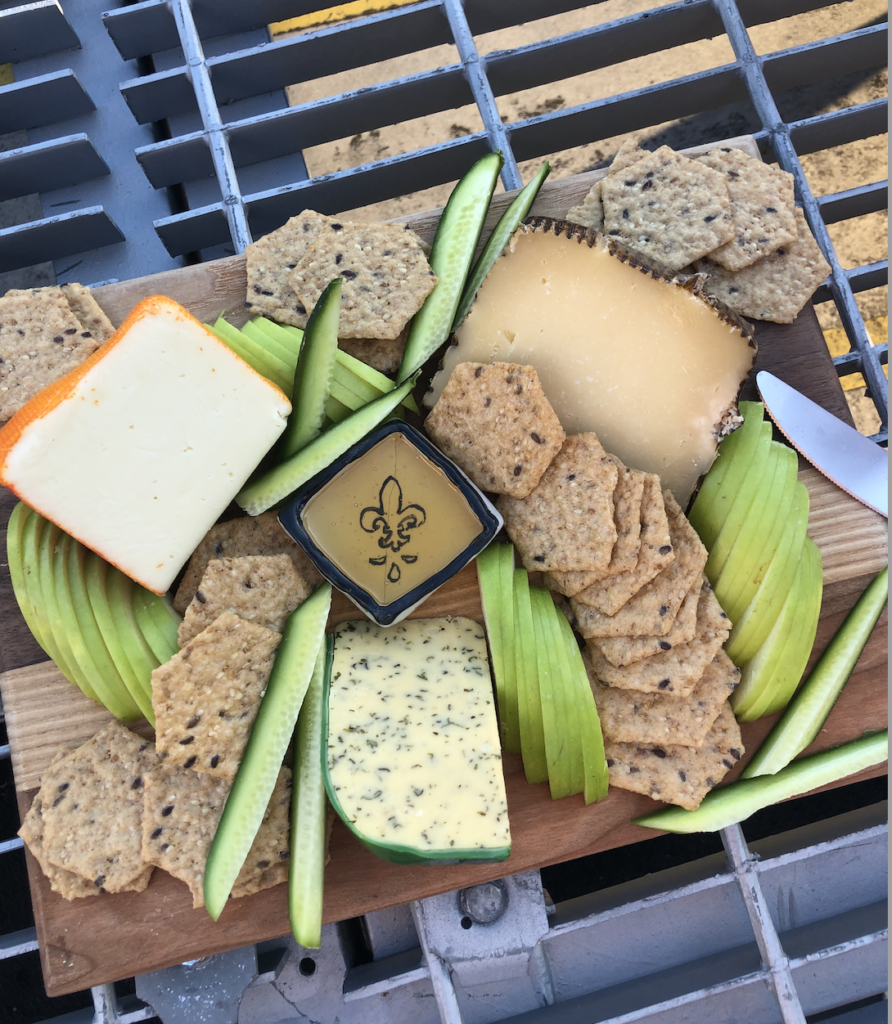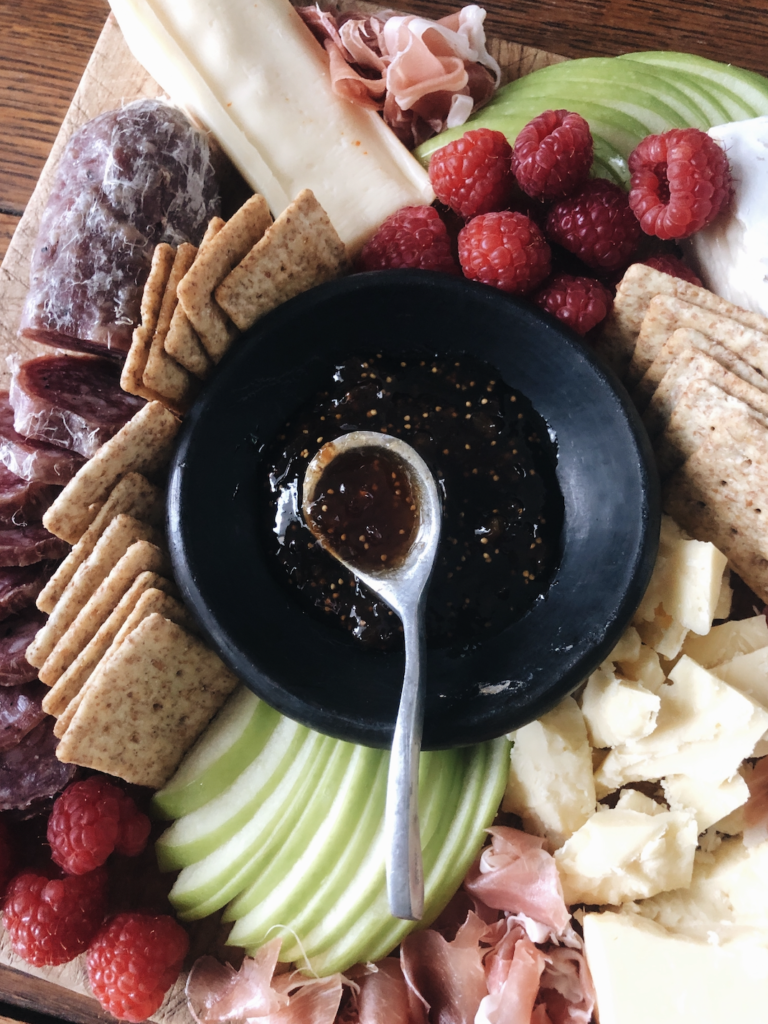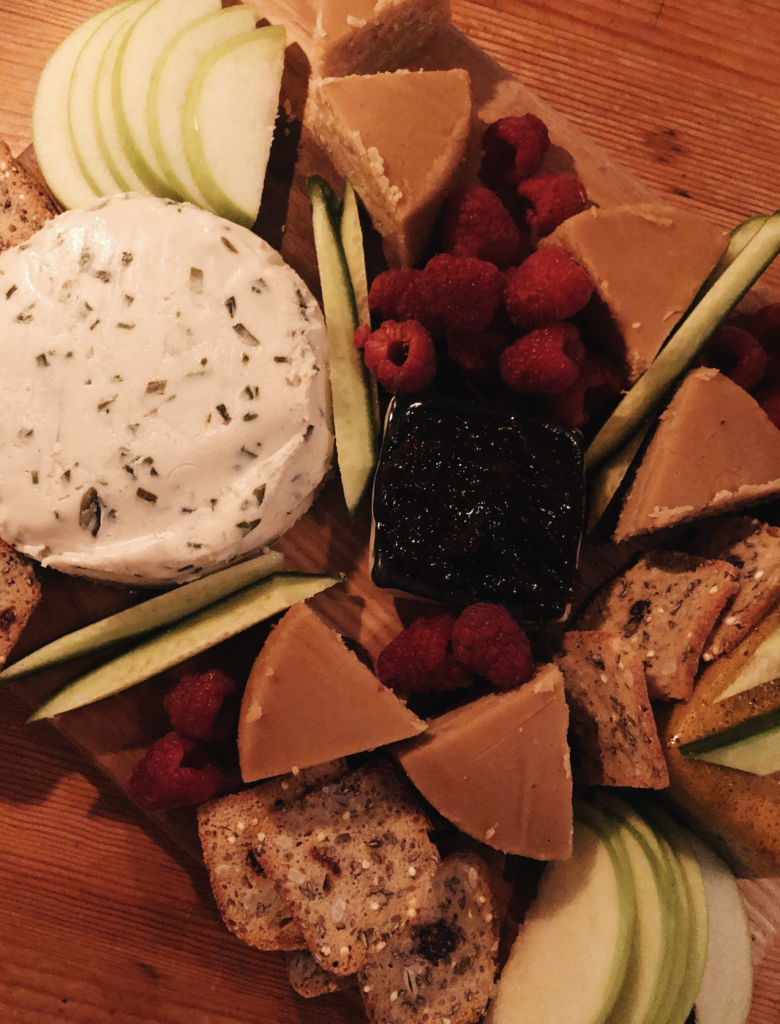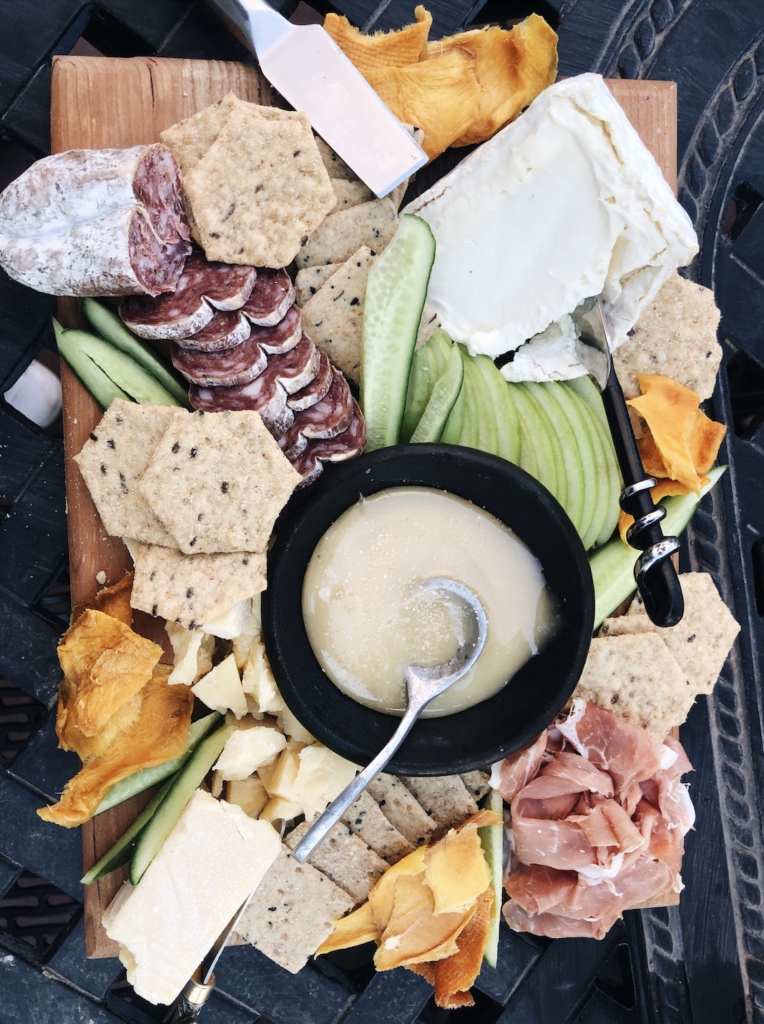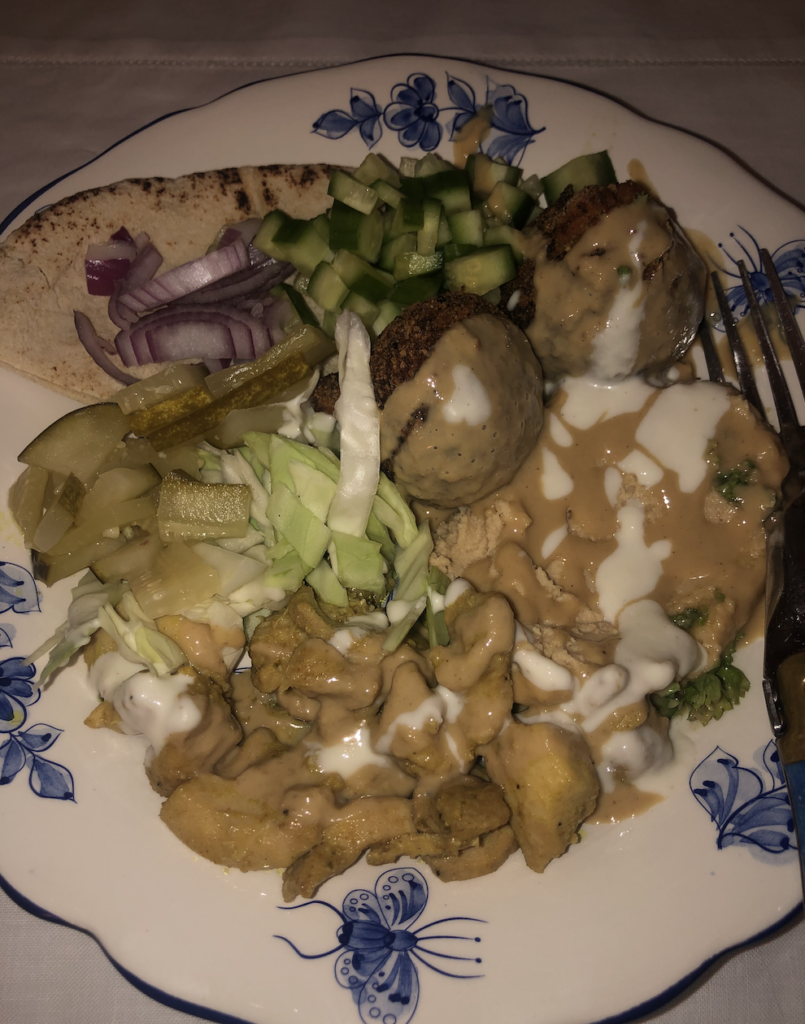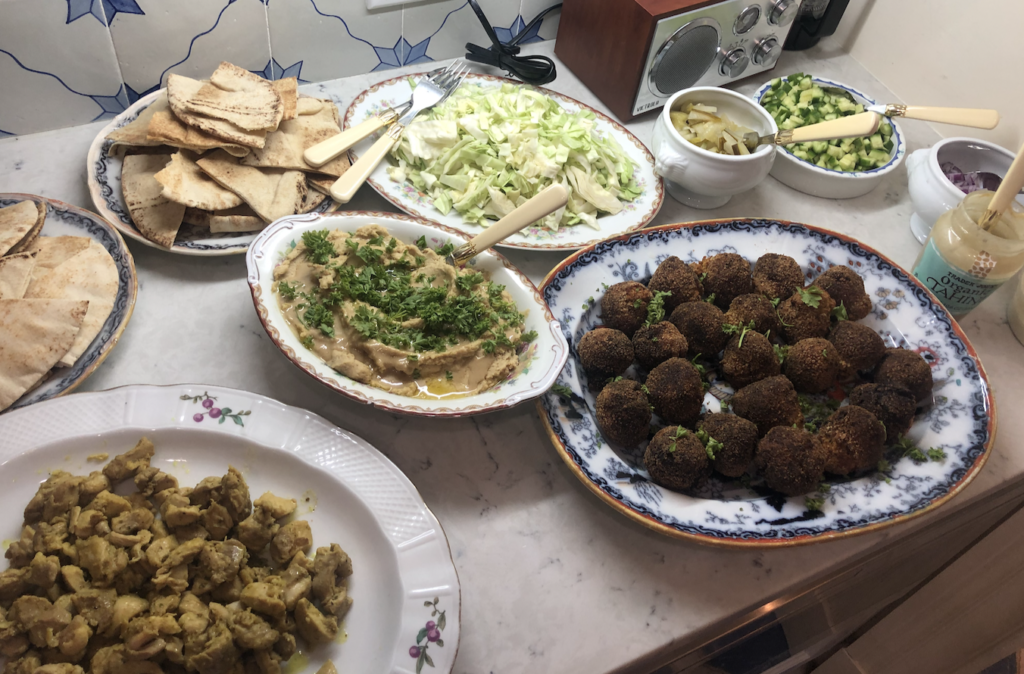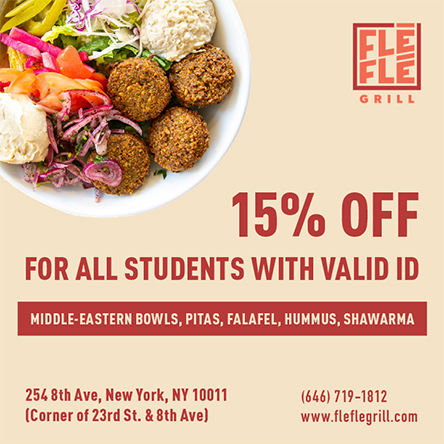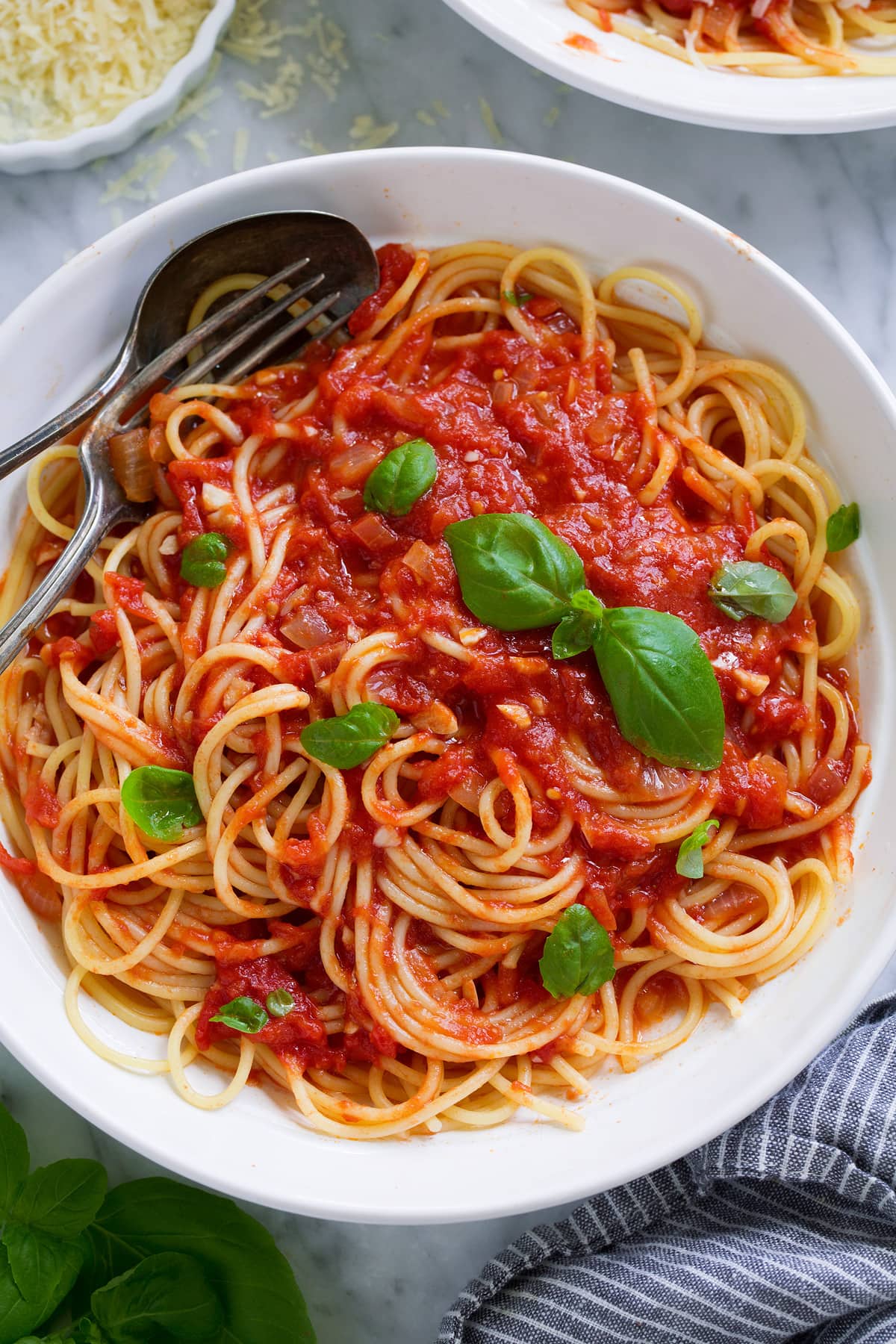My apartment–all 350 square feet of old wood floors and mostly functional appliances in the middle of Alphabet City–can comfortably fit about five people. Any more than that and it’s stuffy, crowded, bordering on claustrophobic. But we do it.We cram 10 people around the little dining room table (scored for free on the corner of 10th & 1st Ave) for dinner. We use mugs as wine glasses and we eat out of big bowls of pasta and salads and homemade pumpkin soup.
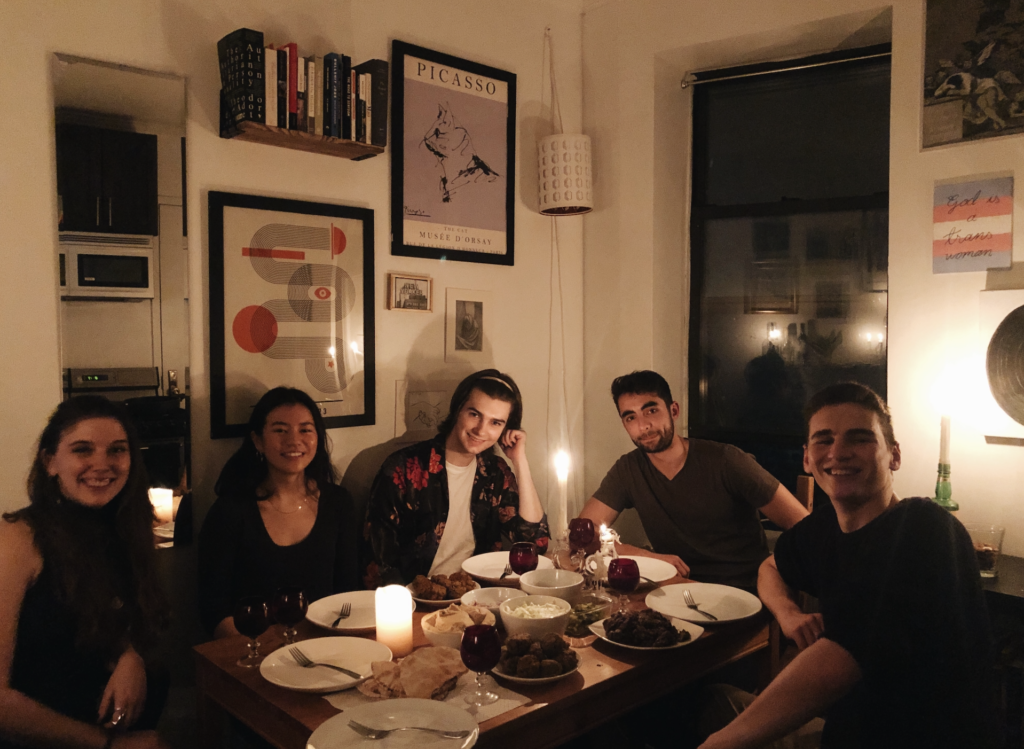
The saving grace for a lot of this has been my roof. Most buildings in the Village have roof access and some of my favorite memories from school have taken place on top of buildings rather than inside them. The East Village is a great place for a rooftop party because the views can be pretty hard to beat (though, yes, I see you, Brooklyn). But from mine we can see the Empire State Building and the World Trade Center, we can see Long Island City and Downtown Brooklyn and also my favorite bar around the corner. Now that the weather is beautiful again, there’s nothing better than a picnic or potluck style dinner on the roof.

Potlucks are a great option for college students, because everyone can make one dish for pretty cheap. I love when friends of mine from other countries and cultures make food they grew up eating and introduce us to how they prepare and celebrate meals. I remember a couple years ago when I cooked schnitzel and hummus for everyone, one friend made vegan alfredo pasta, and another homemade empanadas. We each had a story behind our dish, and we all got to learn and enjoy the food. Cooking for people I care about and allowing them to share their food and culture with me has deepened my friendships, expanded my cultural knowledge, and taught me more about cooking than I could have imagined. Call your friends up and plan a potluck! You can choose a theme for the dishes, or just let everyone bring what they’d like. I’ll cook the pasta, she’ll bring the salad, you bring the wine!

I have two easy, potluck-friendly dishes I want to share. They’re both things I’ve put together on my own, inspired by pasta dishes and salads my mother used to make for me. The first is a roasted butternut squash salad. Start by peeling and cubing a whole butternut squash (don’t forget to get rid of the seeds, and if you’re doing this for the first time check out this WikiHow on how to cube a squash). Dress with olive oil, salt, pepper, and garlic powder, and roast at 400०F for about 30 minutes. You can also roast whole beets (wrap in tin foil and cook on a sheet pan), or buy and cube cooked beets from the store. While the veggies are roasting, chop up a shallot and let sit in water; this cuts the bite of the raw onion. When everything is ready, toss with baby arugula and crumbled goat cheese, then top with a homemade vinaigrette or just a splash each of olive oil and balsamic vinegar. Feel free to throw in anything else that looks good: sliced fennel would be delicious, or crushed walnuts or pumpkin seeds.
The other crowd favorite dish is pesto pasta. This is another great recipe to customize and it’s easy to make vegan, gluten free, dairy free, or whatever other restrictions you need. Cook your pasta to the directions on the box. While they’re cooking, heat chopped onion and garlic over olive oil with salt and pepper. From here, you can add whatever you want. My favorites are baby zucchini, kale, and diced chicken thighs, but you can add any veggies and protein you’d like. When your extras are done cooking, add your drained pasta to the same pan with pesto (homemade is always delicious, but nothing wrong with store bought). Stir until combined and serve with a sprinkle of parmesan! This is one of the easiest meals I make and a lot of my friends say it’s their favorite thing I’ve ever cooked for them.
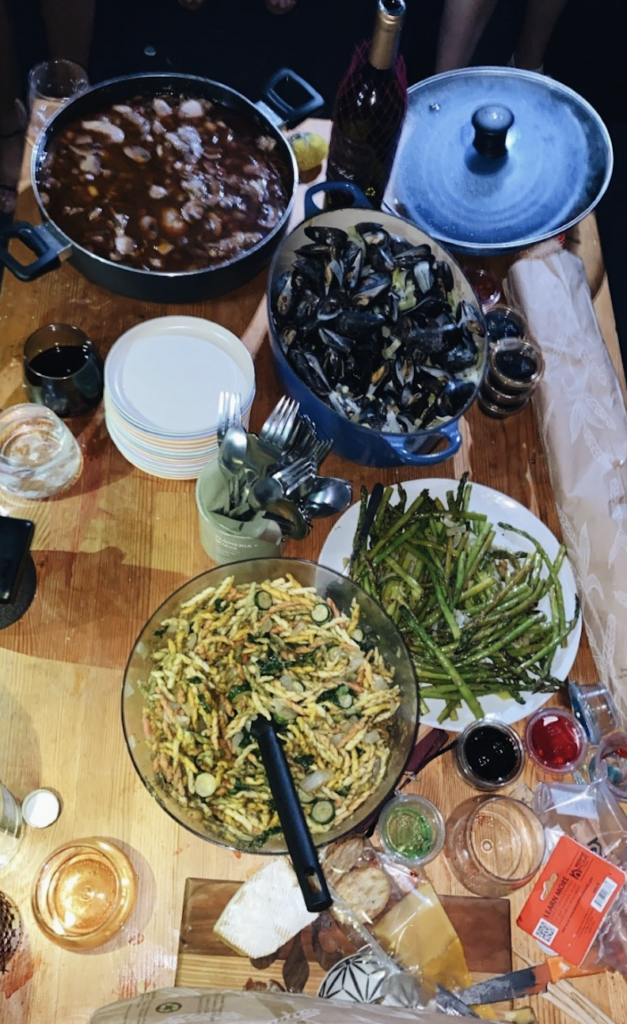
I hope these recipes inspire you to get cooking for others. And if you’re really not the cooking type, offer to bring the wine!

Cora Enterline is a senior at NYU studying law, ethics, and religion. She’s studied and worked in Paris and Tel Aviv, where she loved biking, traveling, dancing, and teaching English. She has a love for foreign languages, sad novels, themed dinner parties, and red wine by candlelight. This summer, follow her blog to learn easy, student-friendly recipes and find inspiration from around the world for your own dinners, picnics, and culinary adventures at home!
For over 20 years, the Campus Clipper has been offering awesome student discounts in NYC, from the East Side to Greenwich Village. Along with inspiration, the company offers students a special coupon booklet and the Official Student Guide, which encourages them to discover new places in the city and save money on food, clothing, and services. At the Campus Clipper, not only do we help our interns learn new skills, make money, and create wonderful e-books, we give them a platform to teach others. Check our website for more student savings and watch our YouTube video showing off some of New York City’s finest students during the Welcome Week of 2015.




